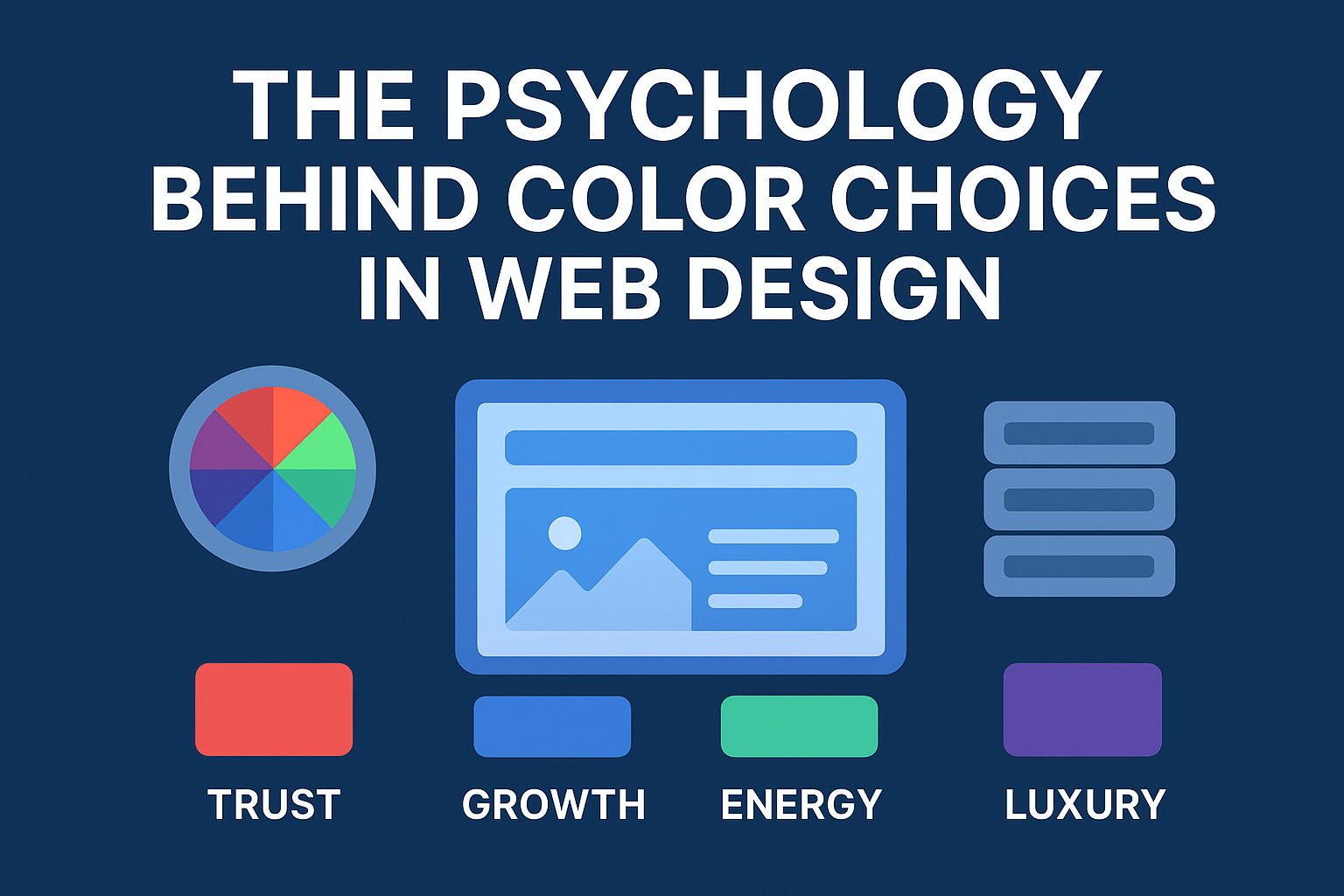Introduction
Navigation is the backbone of user experience. A confusing menu or poorly structured site can frustrate visitors and increase bounce rates. Here’s how to design intuitive, user-friendly navigation that improves engagement and conversions.
1. Keep Menus Simple & Clear
– Limit main menu items to 5–7
– Use descriptive labels instead of jargon
– Example: “Pricing” vs “Plans & Costs”
2. Use Logical Hierarchies
– Organize content into categories & subcategories
– Use breadcrumbs for easy backtracking
– Implement mega menus for content-rich websites
3. Prioritize Mobile Navigation
– Mobile-first design with hamburger menus
– Sticky headers for quick access
– Large, finger-friendly tap targets
4. Include Search Functionality
– Search bar with auto-suggestions
– Voice search integration
– Prioritize speed & accuracy of results
5. Highlight CTAs in Navigation
– Use color contrast for key actions (e.g., “Book a Demo”)
– Keep CTAs visible across devices
– Ensure accessibility compliance
6. Test & Refine with User Feedback
– Conduct usability tests
– Track heatmaps and click patterns
– Continuously improve based on analytics
Conclusion
Great navigation is invisible—users don’t notice it because it’s seamless. Simple, intuitive design ensures visitors find what they need without frustration.


